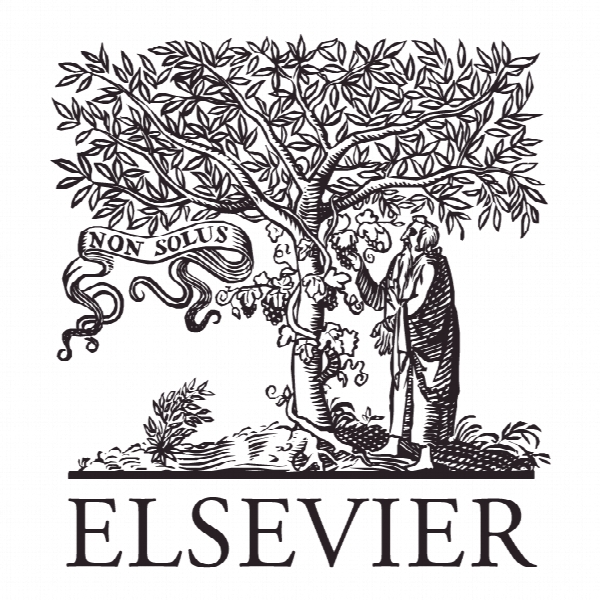یک مدل یکپارچه برای حل مشکلات در انتخاب تامین کننده سبز و تخصیص سفارش An integrated model for solving problems in green supplier selection and order allocation
- نوع فایل : کتاب
- زبان : انگلیسی
- ناشر : Elsevier
- چاپ و سال / کشور: 2018
توضیحات
رشته های مرتبط مهندسی صنایع
گرایش های مرتبط لجستیک و زنجیره تامین
مجله تولید پاک – Journal of Cleaner Production
دانشگاه National Taipei University of Technology – Taipei -Taiwan
شناسه دیجیتال – doi https://doi.org/10.1016/j.jclepro.2018.04.105
منتشر شده در نشریه الزویر
کلمات کلیدی انگلیسی green supplier selection, BWM, modified fuzzy TOPSIS, FMOLP, order allocation, procurement strategy
گرایش های مرتبط لجستیک و زنجیره تامین
مجله تولید پاک – Journal of Cleaner Production
دانشگاه National Taipei University of Technology – Taipei -Taiwan
شناسه دیجیتال – doi https://doi.org/10.1016/j.jclepro.2018.04.105
منتشر شده در نشریه الزویر
کلمات کلیدی انگلیسی green supplier selection, BWM, modified fuzzy TOPSIS, FMOLP, order allocation, procurement strategy
Description
1. Introduction The goal of green supply chain management (GSCM) is a thorough integration of logistical and financial information to increase the competitiveness of supply chain units’ products or services, resulting in sustainable enterprise development and improved environmental protection (Wan et al., 2017; Sarkar et al., 2017). The leading global enterprises have recognized the urgency of the need to take measures for environmental protection and have begun to change their own policies and practices to conform to these goals. Thus, the procurement of raw materials in compliance with environmental regulations has already become a basis for the evaluation of green partners (Lu et al., 2007). Many in the manufacturing industry have adjusted their production concepts and fostered the introduction of environmental awareness into their organizations. Some have also, established environmental standards for the management of scrap products and take into consideration the recyclability of the raw materials obtained from their suppliers (Chen et al., 2012). Manufacturing firms typically spend approximately 60% of their total income on purchasing raw materials and components. For high-tech manufacturers, this amount can be as high as 80% (Kokangul and Susuz, 2009; Lee and Drake, 2010) meaning that purchasing strategies are very critical in GSCM. Selecting suitable firms as suppliers of products or services requires the consideration of numerous complex factors and thus qualifies as a multicriteria decision-making (MCDM) problem (Kumar et al., 2017). Given the current background of rising environmental protection consciousness, enterprises must pay attention to saving energy, waste elimination, parts interchangeability, ease of disassembly, and recyclability. Thus, green supplier management and purchasing are becoming increasingly critical (Lin et al., 2011). Manufacturers typically purchase the same raw materials or components from several suppliers, especially when a single supplier is unable to satisfy the demand due to capacity and risk-sharing limitations. This requires a compromise solution based on the manufacturer’s enterprise sustainability policy and environmental purchasing objectives (Govindan and Sivakumar, 2016). A few studies have discussed the integration of green supplier selection and order allocation. Most of these studies have applied MCDM models. In general, the MCDM process is categorized as multiple attribute decision-making (MADM) or multiple objective decision-making (MODM) on the basis of the problem’s solution space (i.e., whether the solution space is continuous or discrete) (Liou and Tzeng, 2012).


